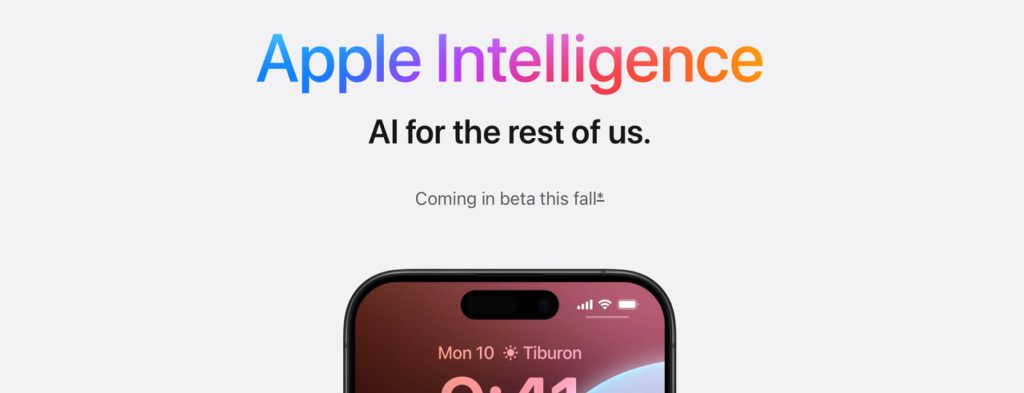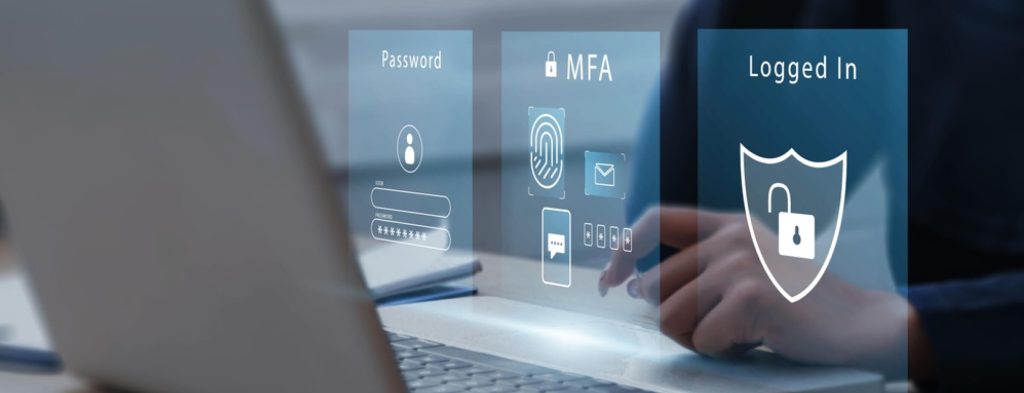Blockchain has evolved a lot since it was invented. Also, the tokenization of financial assets using cryptocurrency has become one of the important topics of discussion. As we move forward towards discussing this topic, there is a lot of excitement surrounding it but also there are certain crucial obstacles that need to be overcome before we convert security tokens to digital tokens using blockchain.
If we talk about the implementation of blockchain tokenization of financial assets, then it is not at all a complicated process and has already been achieved to some extent. Bridging the gap of conventional assets (that exist on conventional financial assets) with the blockchain requires more gradation than launching digital tokens that are created from scratch on Blockchain.
To get a more detailed idea about this process and about its cons and pros, let us first get some idea about what blockchain and tokenization actually is!
What is Blockchain?
Blockchain is a technology that can be defined as an increasing list of records- Blocks, which are linked together using cryptography where each block contains a cryptography hash of previous one, a time-stamp, a proof of work, and transaction data. One of the major benefits of blockchain is that it is resistant to modification of data.
What is Tokenization?
Tokenization is the method of replacing a susceptive data element with a non-susceptive equivalent known as a token that has no exploitable value. The token is a reference that maps back to sensitive data through the tokenization system. Tokenization system actually provides data processing applications with the authority to request tokens and detokenize back to sensitive data.
After the brief idea of tokenization and blockchain, it’s important to understand the advantages and the disadvantages of blockchain tokenization. It is reasonably difficult to disprove that benefits of tokenized assets are real. Most of the advantages of tokenizing financial assets increase their flexibility. The advantages are as follows:
Advantages of Blockchain Tokenization
Distributed System
Blockchain data is often stored in thousands of devices on distributed network nodes hence, the system and the data are highly resistant to the technical failures and malware. Each node replicates the data and stores the copy of the database. In contrast, conventional database reply on a few servers and are vulnerable to failures and cyber-attacks.
Trustless System
In the conventional payment system, sometimes transactions do not only involve two parties but also intermediary such as banks or payment provider. When we implement blockchain tokenization, the distributed network nodes verify the transactions through a process known as mining and so blockchain for a reason is often referred to as “trustless system”. This eliminates the risk of trusting an organization and reduces the overall cost of transactions by cutting out third parties.
Stability
Confirmed blocks of blockchain are resistant to the modification of data, which means there are no chances of deletion and changes in data after it has been registered in the blockchain. This makes it feasible to store the financial data in the blockchain as it provides greater stability and security.
Disadvantages
Data Modification
One of the downsides of implementing Blockchain is data modification; once data has been added to Blockchain, it is very difficult to modify it and this stability is disadvantageous. But changing blockchain data or code is demanding and it becomes difficult when needed, where one chain has to be abandoned and a new one is taken up.
Storage
Blockchain logs can grow very large over time. The Bitcoin blockchain requires around 200 GB of storage and the growth in the blockchain size appears to be increasing, resulting in the network risks losing nodes if the log becomes too large for the storage and downloads.
Private Keys
Blockchain uses asymmetric cryptography to give ownership to its users over their cryptocurrency unit. Each Blockchain address has a respective private key. While the Blockchain address is shareable, the private key should be kept confidential. To access the funds, each user needs a private key. In cases, where an individual loses the private key, the money is lost and there is no way out!
Prone to Attacks
The Proof of Work algorithm efficiently protects the Bitcoin blockchain. But there have been fewer potential attacks that are performed against the blockchain and 51 percent among them are most discussed. This attacks can be successful when only one entity handles more than 50 percent of network hashing power, which allows them to disrupt the whole network.
Conclusion
Excluding the downsides of this technology, Blockchain offers us with some unique advantages. There is still a long way to go to the mainstream adoption of this technology but still many of the industries have started implementing this technology and are trying to cope up with the disadvantages and advantages of this technology. In the coming years, the industries and governments will try experimenting with the applications of this technology to witness if it actually adds up to more value and proves to be efficient.
Looking to partner with a Blockchain implementation expert? Contact us now






